This post was earlier cross-posted at Leonid Schneider's site, hence the unfrivolous tone. The version there is improved by Leonid's editing and frame-story. Further explorations by Elisabeth Bik here.
There is a quality of
A flurry of papers from the UCLA cancer-research dynamo were retracted at about the same time; please pay attention, and try to keep them distinct in your minds, as there may be a quiz. Fortunately everything has been closely documented by the people at RetractionWatch, providing coroner's reports for the demise of the papers after their persecution and assassination by anonymous post-publication commentary at PubPeer.
To begin in 2014, then, questions were raised about a publication from 2007... first in a dedicated blog, then echoed to PubPeer:
[1]. "Rituximab inhibits the constitutively activated PI3K-Akt pathway in B-NHL cell lines: involvement in chemosensitization to drug-induced apoptosis" (Suzuki, Umezawa & Bonavida Oncogene 2007, PubPeer here). First author Eriko Suzuki promptly shouldered the blame for defects in data quality which made the paper unsustainable (at the cost of her PhD and professional career), as verified by RetractionWatch. By "defects in data quality" I mean images of protein expression which were recycled for different conditions, and sometimes for different proteins:


That dedicated blog had called into question a second paper. However, Suzuki was emphatic that her responsibility did not extend that far. And she did pointedly skipped the opportunity to apologise for a role in other collaborations from her time at UCLA.
#7 Eriko Suzuki
I declare that I am not in charge regarding inappropriate corrections in Int. J. Oncol. 2010.
The paper was prepared by Dr. Bonavida group after my study in UCLA.
The paper was prepared by Dr. Bonavida group after my study in UCLA.
[0] "Inhibition of NF-kappaB and Akt pathways by an antibody-avidin fusion protein sensitizes malignant B-cells to cisplatin-induced apoptosis" (Suzuki, ... Bonavida Int. J. Oncol. 2007).
Anyway, there was evidently an investigation:
In UCLA’s ensuing investigation, [senior author] Bonavida was cleared of wrongdoing; nevertheless, he says, he was left in shock. “It affected me very deeply,” he says. “I have trained over a hundred students through my career. Nobody has done something like that with my work before.”Investigations did not stop there, and the end of 2016 saw two more retractions. Professor Bonavida was again the victim of a conspiracy of fate. Answering questions from RW, he thought the university had acted too hastily:
He said a committee at UCLA investigated the allegations, and although he was initially informed the committee was going to ask the journal to correct the papers,... and that the concerns were misguided or malicious.
"…for some reason, they went ahead with the retractions…without asking our opinion."
Some of the gels that were represented for the controls, apparently somebody claims they were reproduced from other figures. That was not the case, but it was very hard to prove that…I could not defend it, but I tried very hard.Here are the two papers, both from the Journal of Immunology Some of the authors are recurring members of the dramatis personae so I have boldfaced their names
[2]. "Regulation of tumor cell sensitivity to TRAIL-induced apoptosis by the metastatic suppressor Raf kinase inhibitor protein via Yin Yang 1 inhibition and death receptor 5 up-regulation" (Baritaki, Katsman, Chatterjee, Yeung, Spandidos, Bonavida 2007, PubPeer here)
[3]. "Inhibition of Yin Yang 1-dependent repressor activity of DR5 transcription and expression by the novel proteasome inhibitor NPI-0052 contributes to its TRAIL-enhanced apoptosis in cancer cells" (Baritaki, Suzuki, Umezawa, Spandidos, Berenson, Daniels, Penichet, Jazirehi, Palladino & Bonavida 2008, PubPeer here).
The papers dip into a shared library of blots. It turns out that a single image can be rearranged to illustrate different ways of modulating cell death through the surface protein "Death Receptor 5". Who knew that molecular biology had such Metal names?
Neither of them redounds to the credit of the journal reviewers who looked at the Figures and thought "Yes, that's what loading controls should look like" (or else "OK, that's fake, but it's only a loading control so who cares?"). Nor to the credit of the various authors who can't have looked at the Figures at all. [3] in particular stands out by the lack of effort to hide the fabrications and manipulations.
In its quieter way, [2] also warrants attention. One of its "jumping-gene" loading controls with the self-shuffling lanes (Fig 5C, here at bottom) made a later appearance in a further paper also under the aegis of PubPeer.
But I am getting ahead of myself. First we should meet papers [4] "Molecular Mechanism of MART-1+/A*0201+ Human Melanoma Resistance to Specific CTL-Killing Despite Functional Tumor–CTL Interaction" (Jazirehi, Baritaki, Koya, Bonavida & Economou Cancer Res. 2011, PubPeer here);
and [5] "Proteasome Inhibition Blocks NF-κB and ERK1/2 Pathways, Restores Antigen Expression, and Sensitizes Resistant Human Melanoma to TCR-Engineered CTLs" (Jazirehi & Economou Mol Cancer Ther. 2012, PubPeer here).
They joined the flurry of retractions in early 2017, on the request of the senior author. Professor Economou wore many hats at UCLA, being head of his own cancer-research lab there, Chief of
Surgical Oncology, VC for Research, and Officer for Research Integrity. He did not respond to overtures from RW. Prof. Bonavida was a co-author on [4], and he was more forthcoming with comments, though his response was to downplay his auctorial role:
Bonavida told Retraction Watch that his involvement in the Cancer Research paper was only as a “consultant” who looked it over before it was submitted:Given Bonavida's confident conviction that there were no more shoes left to drop, readers who are familiar with all literary conventions will be wondering about the size of the iceberg of problematic papers for which these five are the tip. By way of answer, let these performing planaria entertain you with their well-rehearsed wriggling routine, as choreographed and trained by Jim McConnell for a special issue of the Worm Runner's Digest.
"All the work was done in Economou’s lab, not mine. I have no idea what exactly took place.
The original findings, they were all prepared by Ali Jazirehi."
Bonavida added that he knew Jazirehi well, as Jazirehi had worked in his lab “many years” before.
Alternatively, they are part of a Western Blot loading control, appearing in three different contexts in a little triptych of problematic papers:
[6] "Pivotal roles of snail inhibition and RKIP induction by the proteasome inhibitor NPI-0052 in tumor cell chemoimmunosensitization" (Baritaki, Yeung, Palladino & Bonavida Cancer Res. 2009, PubPeer here);
[7] "Inhibition of epithelial to mesenchymal transition in metastatic prostate cancer cells by the novel proteasome inhibitor, NPI-0052: pivotal roles of Snail repression and RKIP induction" (Baritaki, Chapman, Yeung, Spandidos, Palladino & Bonavida Oncogene 2009, PubPeer here); and
[8] "Mechanisms of nitric oxide-mediated inhibition of EMT in cancer: inhibition of the metastasis-inducer Snail and induction of the metastasis-suppressor RKIP" (Baritaki, Huerta-Yepez, Sahakyan, Karagiannides, Bakirtzi, Jazirehi & Bonavida Cell Cycle 2010, PubPeer here).
 As we strip-mine into deeper strata of the PubPeer archive, eventually we reach another nexus of interlinked papers, though this one is more of a Pentateuch. Two of its members are closely entwined:
As we strip-mine into deeper strata of the PubPeer archive, eventually we reach another nexus of interlinked papers, though this one is more of a Pentateuch. Two of its members are closely entwined:[9] "Inhibition of the Raf–MEK1/2–ERK1/2 Signaling Pathway, Bcl-xLDown-Regulation, and Chemosensitization of Non-Hodgkin’s Lymphoma B Cells by Rituximab" (Jazirehi, Vega, Chatterjee, Goodglick & Bonavida Cancer Res. 2004, PubPeer here), and
[10] "Rituximab (chimeric anti-CD20 monoclonal antibody) inhibits the constitutive nuclear factor-κB signaling pathway in non-Hodgkin's lymphoma B-cell lines: role in sensitization to chemotherapeutic drug-induced apoptosis" (Jazirehi, Huerta-Yepez, Cheng & Bonavida Cancer Res. 2005, PubPeer here).
Loading controls are recycled to an impressive extent.


So many protein bands are using multiple alias that one's attempts to keep track of them run quickly out of colors.
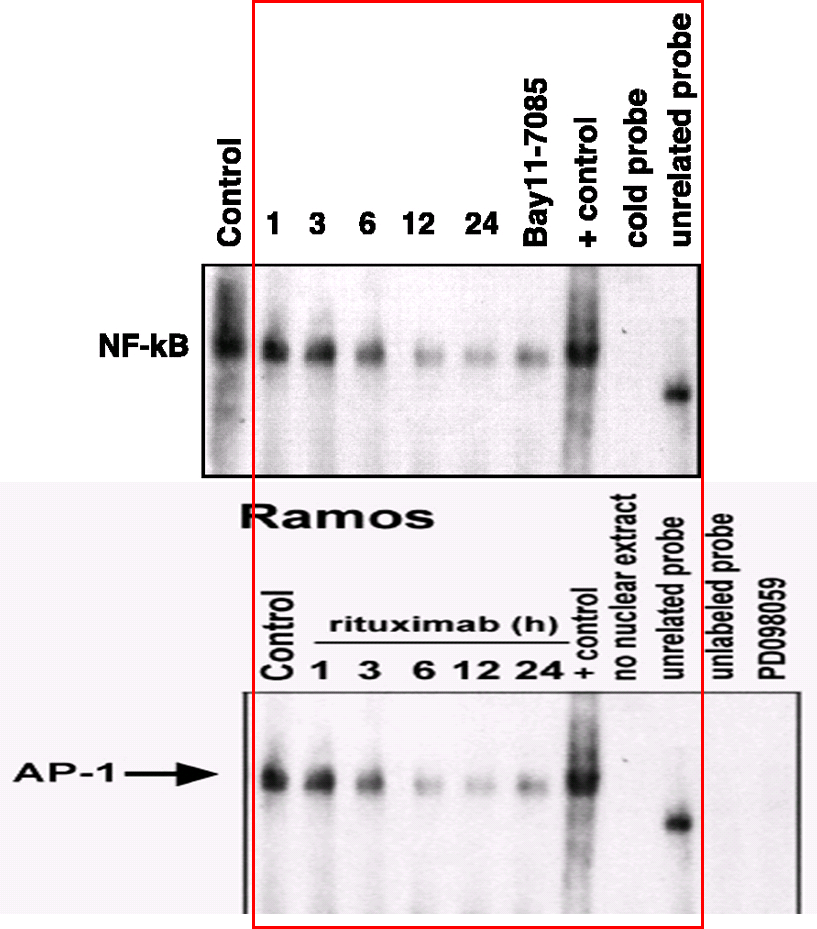 One of those protein bands, identified with brown boxes above as IκB and ERK1/2 (and, after a 180° flip and some tweaks, as NIK) underwent further vicissitudes. It appeared as IκB again in
One of those protein bands, identified with brown boxes above as IκB and ERK1/2 (and, after a 180° flip and some tweaks, as NIK) underwent further vicissitudes. It appeared as IκB again in[11] "Rituximab-Induced Inhibition of YY1 and Bcl-xL Expression in Ramos Non-Hodgkin's Lymphoma Cell Line via Inhibition of NF- B Activity: Role of YY1 and Bcl-xL in Fas Resistance and Chemoresistance, Respectively" (Vega, Jazirehi, Huerta-Yepez & Bonavida J Immunol. 005, PubPeer here);
and in its rotated manifestation, as ERK1/2 in
[12] "Resveratrol modifies the expression of apoptotic regulatory proteins and sensitizes non-Hodgkin's lymphoma and multiple myeloma cell lines to paclitaxel-induced apoptosis" (Jazirehi & Bonavida Mol. Cancer Ther. 2004, PubPeer here).


Papers in this series are also linked by their use of protein-expression RNA immunoblots (reverse-transcriptase / PCR), providing us with some relief from the barrage of Western Blots. For close inspection reveals many more images of RNA blots than there are underlying data, with some creative re-use linking [9] and [10]...

...with the lanes further jiggered and poked to integrate [12] into the mesh as well.
The 'Rituximab' of the titles is not a Mayan temple complex in the Yucatan Peninsula, but rather a monoclonal antibody designed to destroy unwanted B-lymphocytes; evidently its apoptosis-pathway actions were attracting research interest in the early 2000s. Quite how the results found their way into [12] is an interesting question, as Resveratrol has nothing to do with Rituximab except a shared initial letter (and being another popular research topic of the era). Anyway, this leads us to:
[13] "Rituximab (anti-CD20) selectively modifies Bcl-xL and apoptosis protease activating factor-1 (Apaf-1) expression and sensitizes human non-Hodgkin's lymphoma B cell lines to paclitaxel-induced apoptosis" (Jazirehi, Gan, De Vos, Emmanouilides & Bonavida Mol Cancer Ther. 2003, PubPeer here).
It was first in this nexus to be published, and its contents were plundered to provide illustrations for [10] and [12]. The latter reuse required a 180° flip of the Actin loading band as well as the confusion between Rituximab and Resveratrol.

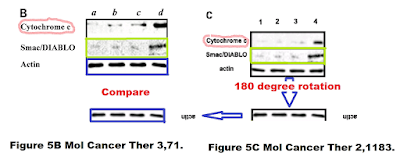
From the same epoch we find [14] "Rituximab inhibits p38 MAPK activity in 2F7 B NHL and decreases IL-10 transcription: pivotal role of p38 MAPK in drug resistance" (Vega, Huerta-Yepaz, Jazirehi, Emmanouilides & Bonavida Oncogene 2004, PubPeer here). This was a one-off paper, with no pictorial links to other papers, only internal connections... the proteins P-p38 and Bcl-2 proved to be the same, or at least they provided identical bands of immunohistochem gel. A display of RNA expression for a particular protein was dismantled like a Lego tower and reassembled for a different protein.
And [15] "Development of rituximab-resistant lymphoma clones with altered cell signaling and cross-resistance to chemotherapy" (Jazirehi, Vega & Bonavida Cancer Res. 2007, PubPeer here). The duplications are blatant, placed side-by-side as if daring the reviewers to do something about it. Dr. Stavroula Baritaki is thanked "for technical assistance".


The PubPeer archive reveals a few other free-standing papers. Despite the pressure of space I cannot bring myself to omit [16], "Chemotherapeutic drugs sensitize cancer cells to TRAIL-mediated apoptosis: up-regulation of DR5 and inhibition of Yin Yang 1" (Baritaki, Huerta-Yepez, Sakai, Spandidos & Bonavida Mol Cancer Ther. 2007, PubPeer here). We are accustomed to yeoman service from loading controls, overlapped and recycled as in Figures 3 and 4, but in an innovative step, the substantive protein strips of Fig. 3 were sliced horizontally to become the substantive strips of Fig. 4 - DR5 becoming YY1.

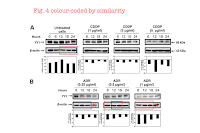
#7 Peer 4
Unbelivable science. Mol Cancer Ther should be listed as an art journal,
specifically in the abstract art category.
specifically in the abstract art category.
One last case-study: [17] is "Raf kinase inhibitor protein (RKIP) blocks signal transducer and activator of transcription 3 (STAT3) activation in breast and prostate cancer" (... Bonavida, ... & Chatterjee PLoS ONE 2014, PubPeer here).
With Bonavida as only a minor contributor, that paper is peripheral to my topic here; I cite it more for the third appearance of Devasis Chatterjee, here as senior author [see [2, 9] above]. Now Chatterjee has previously come up on the radar through his collaboration with Paul Fisher of Virginia Commonwealth University, making the present post a sequel of sorts, or a prequel, or a continuity story to that earlier survey of cancer research at VCU.
Demetrios Spandidos was another co-author whose collaborations were regular enough to be singled out with boldface above [2, 3, 7, 16]. At the time of these papers he was affiliated to the University of Crete at Herakleion, but he is best-known as the publisher / editor of cancer-themed journals including International Journal of Oncology (see [0]), and as the entrepreneur of the inevitable cancer-themed conferences. His backstory is eventful, even chequered, stretching back three decades to his time as a postgrad student in Toronto when he was about to publish groundbreaking Nobel-worthy research into oncogenes until everything ended in expulsion from the Siminovitch laboratory and tears before bedtime. But there is no space for that saga now so I will just refer you to primary sources.
From one perspective, all this is now of academic / historical interest. The people most central in all these questionable papers have left research (or left UCLA, which is the same thing!). Stavroula Baritaki still appears on UCLA staff lists but a recent conference (co-organisers: Baritaki & Bonavida) describes her as affiliated to the University of Crete. Bonavida has retired - from his laboratory, if not from conferencing - while Economou has stepped down from vice-chancelloring, closed his laboratory and returned to clinical work. As for Jazirehi, he is suing Economou and the Regents of UCLA for wrongful dismissal.
Now this does not prove that further inquiries did proceed in private, with data shenanigans identified and blamed on Jazirehi, though it is compatible with such a course of events. One can only be sure that whatever was determined. Jazirehi feels that he was singled out as a scapegoat.
RKIP Conference
Anyway, with these departures, one could argue that even if some of the results reported in [6] to [17] were just made up (with the forgery more egregious than anything in [1] to [5]), another inquiry and further retractions would achieve nothing except institutional embarrassment. Though they would free the PubPeer commentariat from the compulsion to go on documenting image misbehaviour.
This is supposed to be a happy occasion. Let's not bicker and argue about who faked what!There is also the possibility that despite the weakness of the evidence available to the authors, forcing one or several of them to fabricate more compelling and publishable results, the conclusions of those papers were actually correct, so additional retractions would be wrong.
I can only say that policies of drawing a discreet veil over academic malfeasance and sweeping scandals under the
[Thanks, as usual, to anonymous PubPeer contributors]


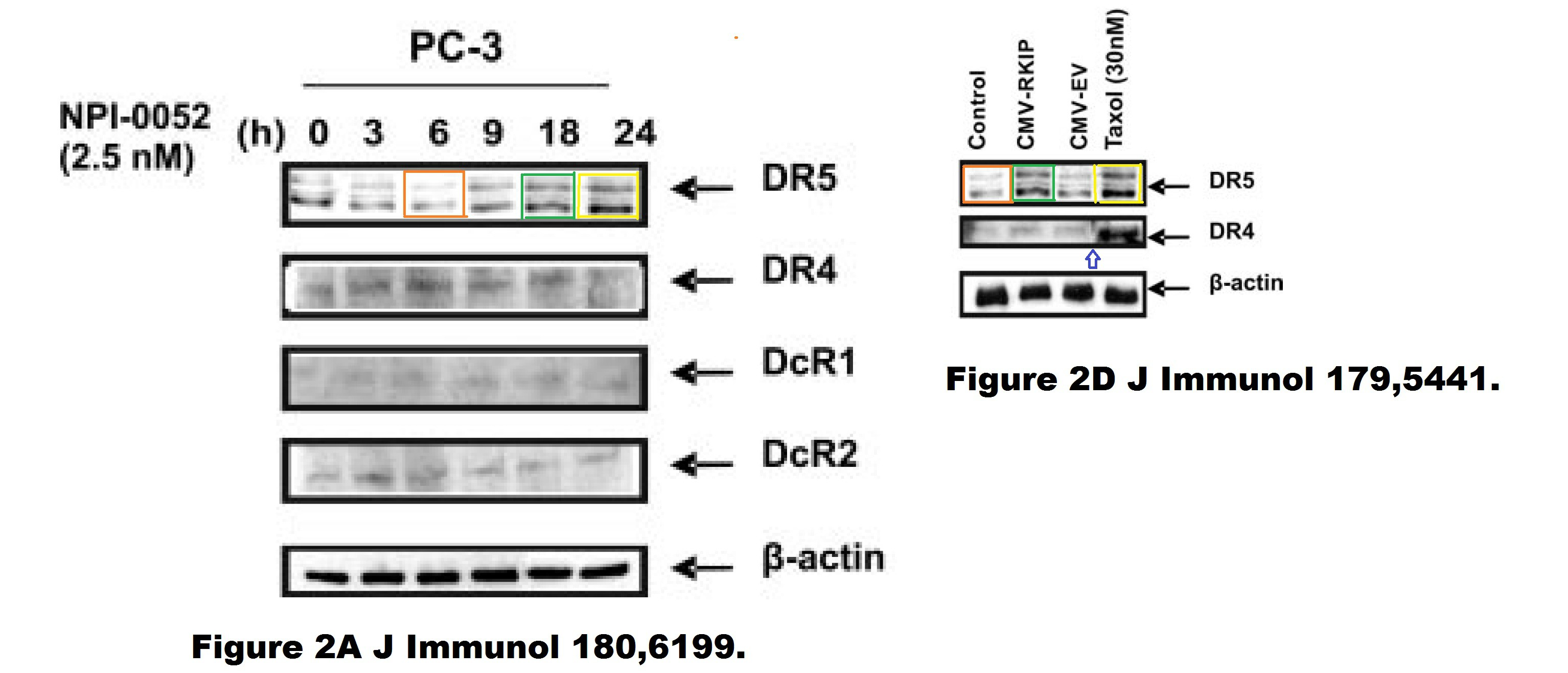
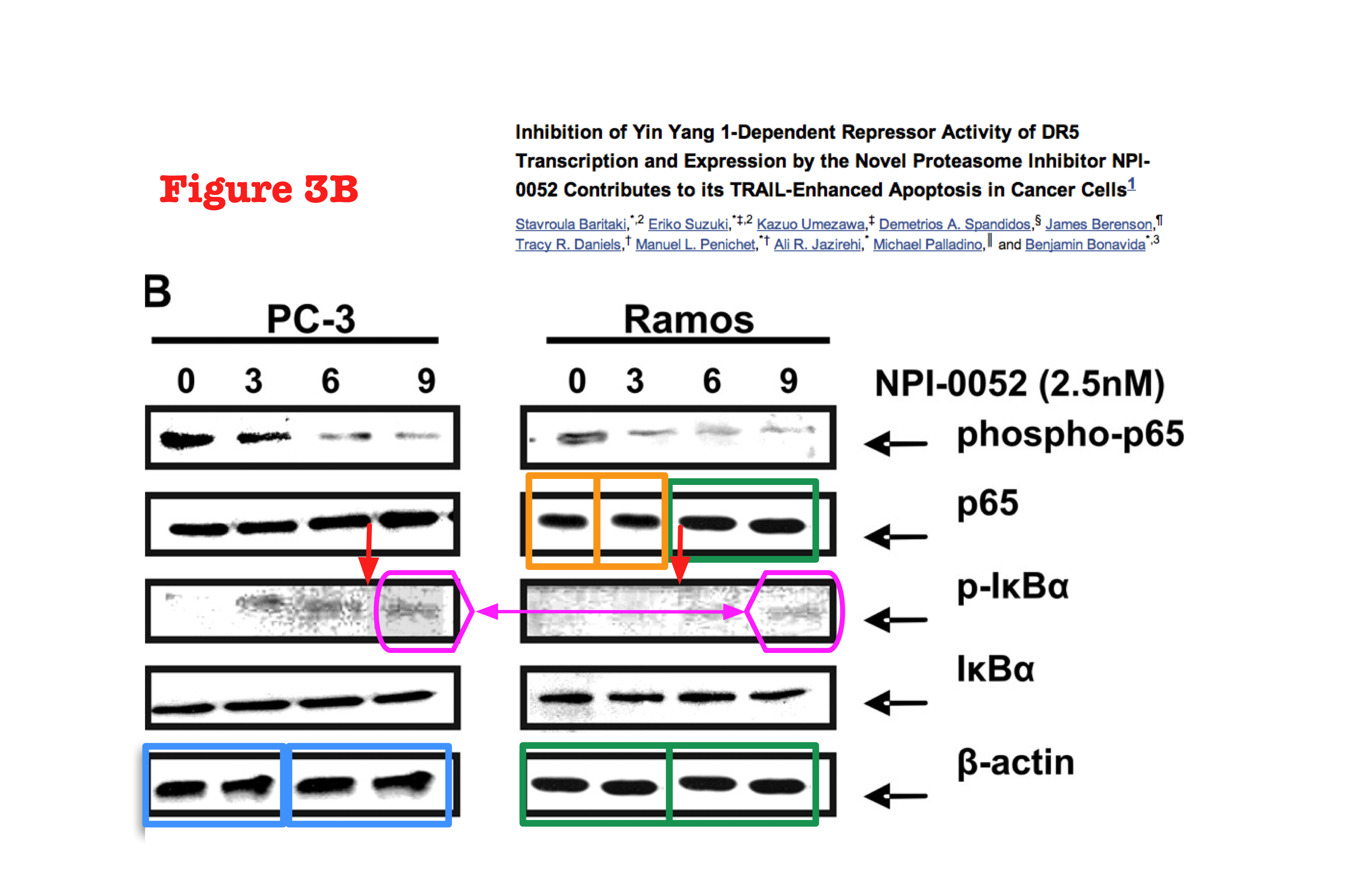
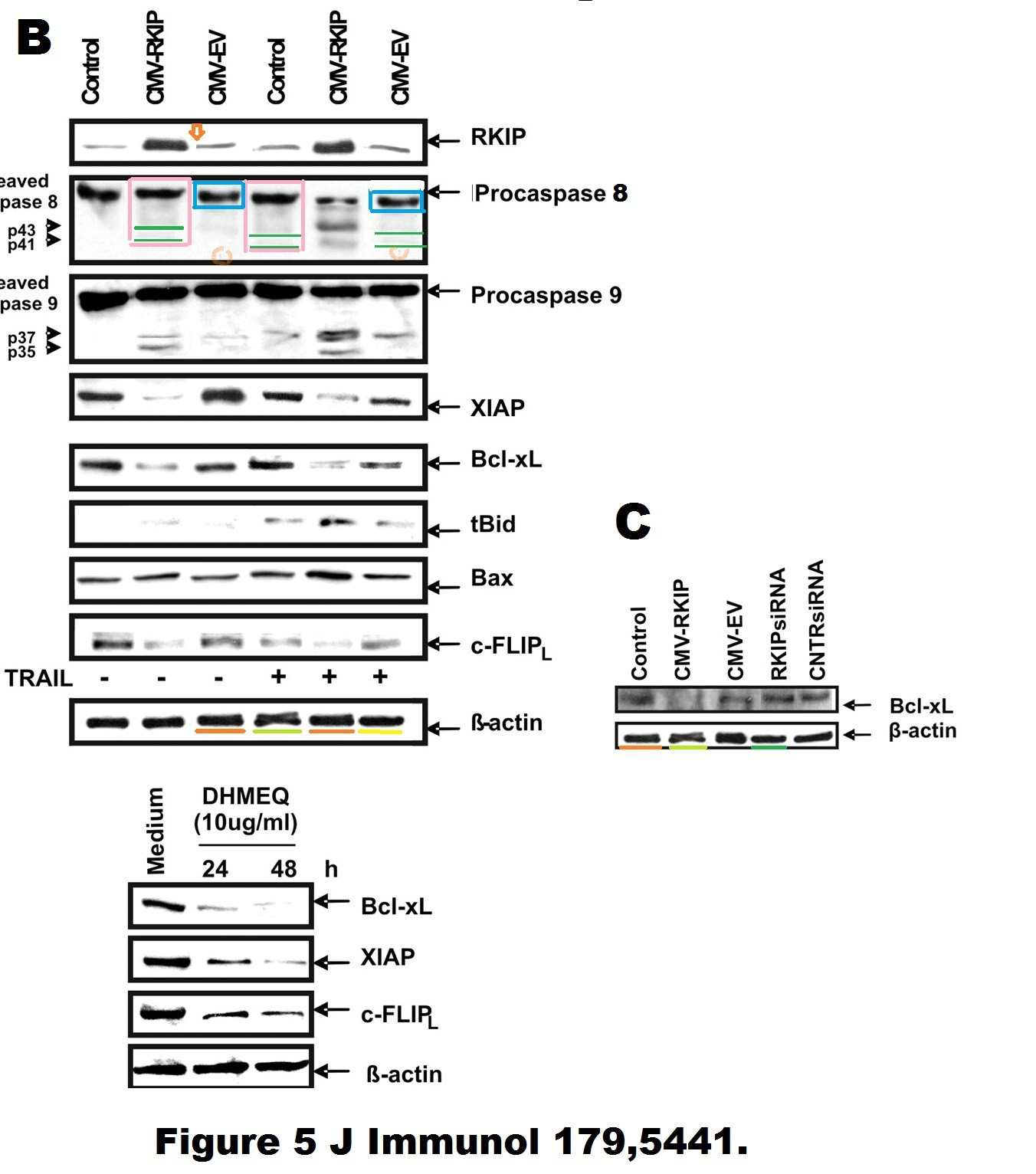
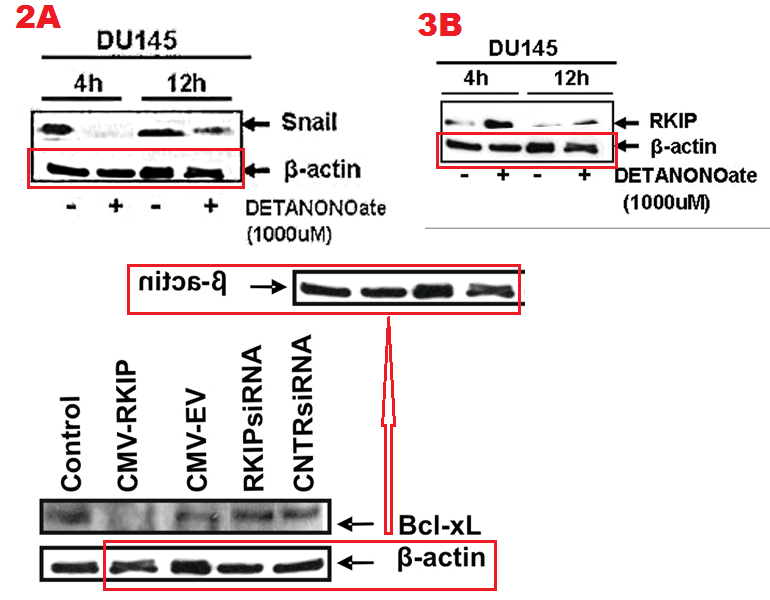



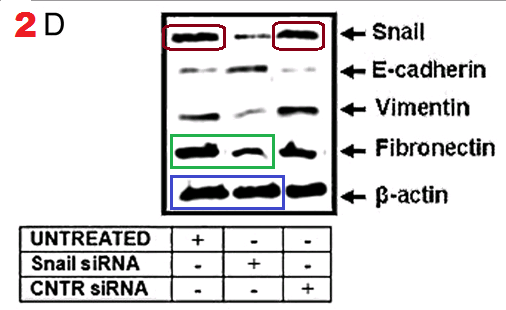
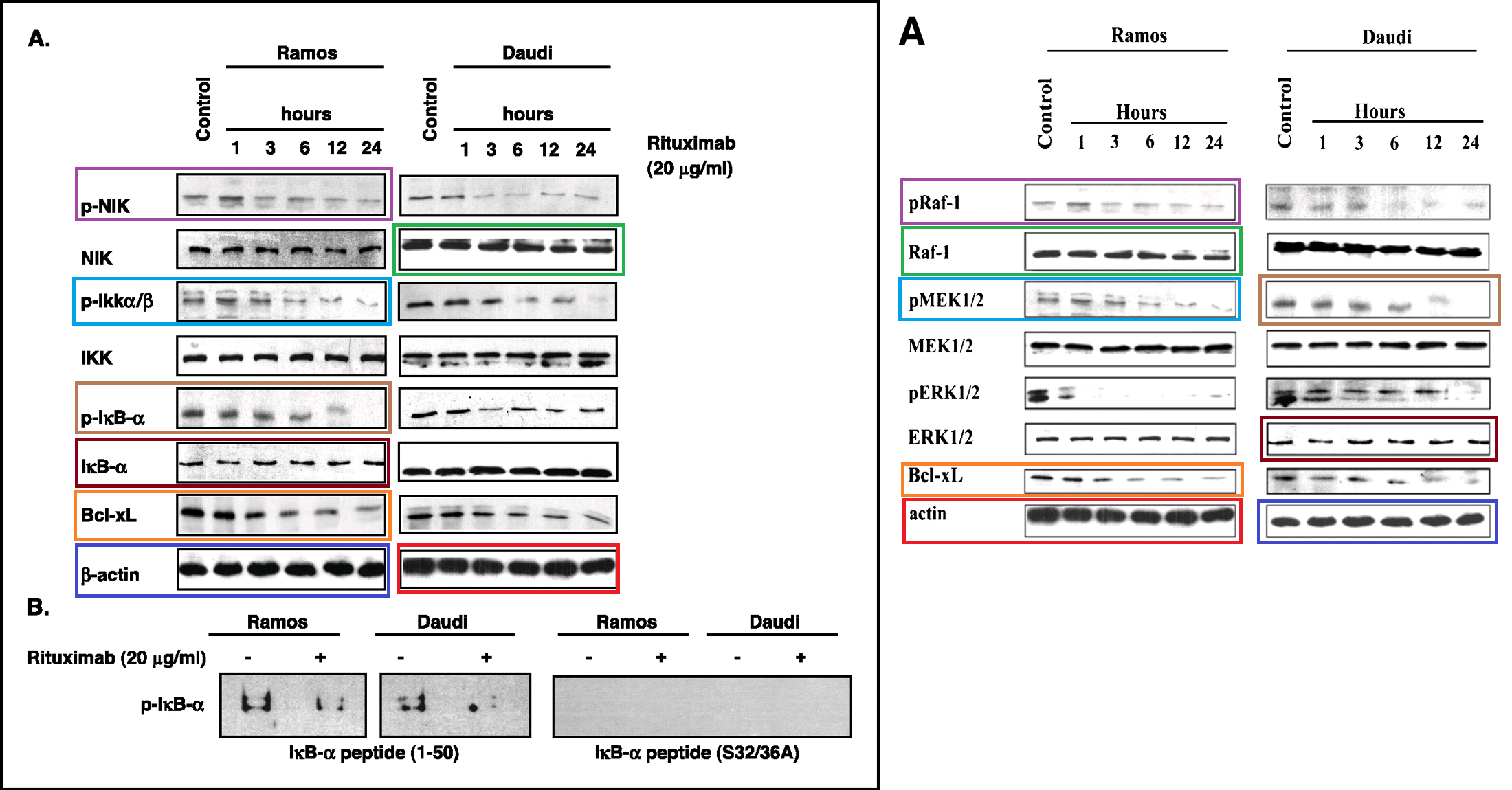
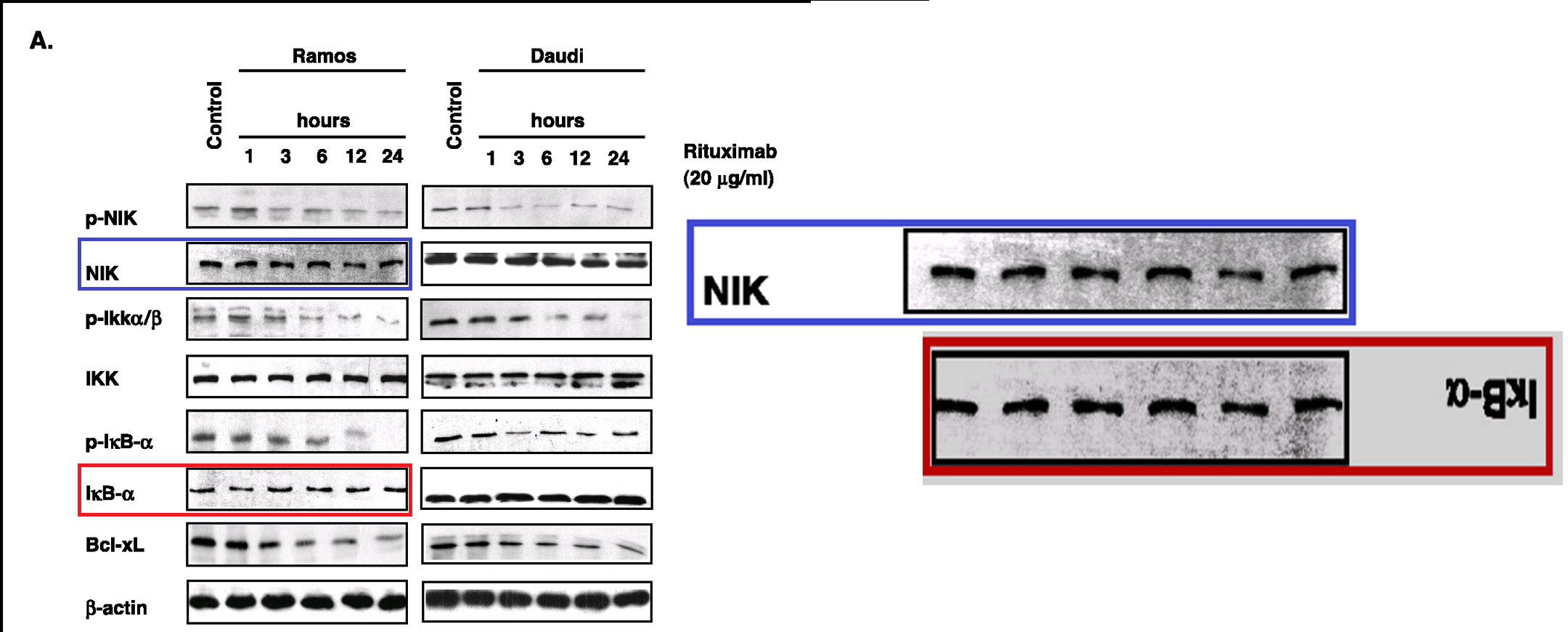


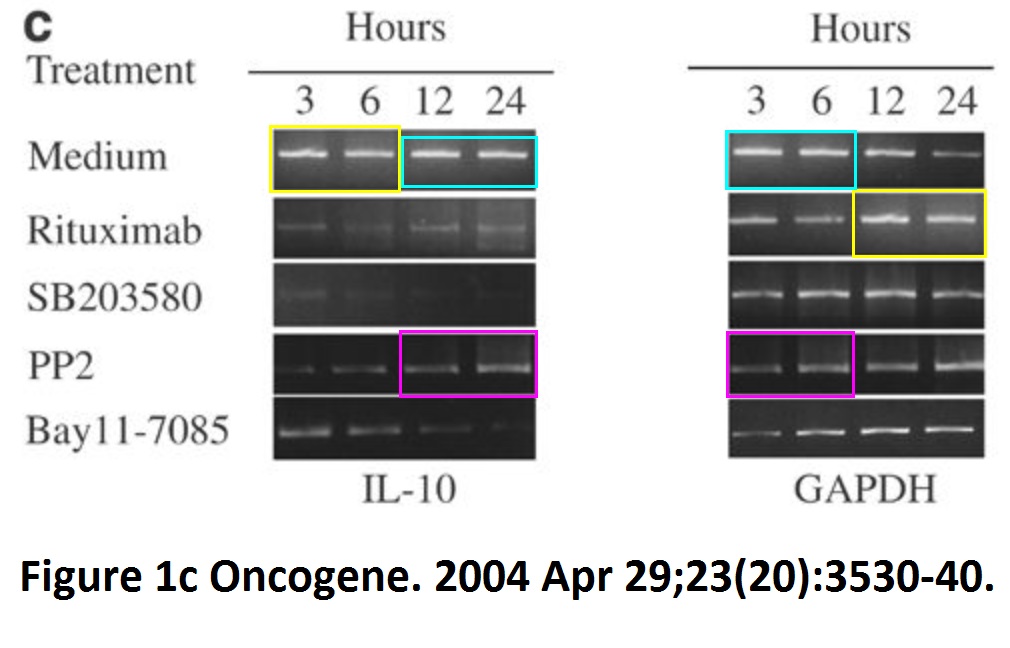



No comments:
Post a Comment